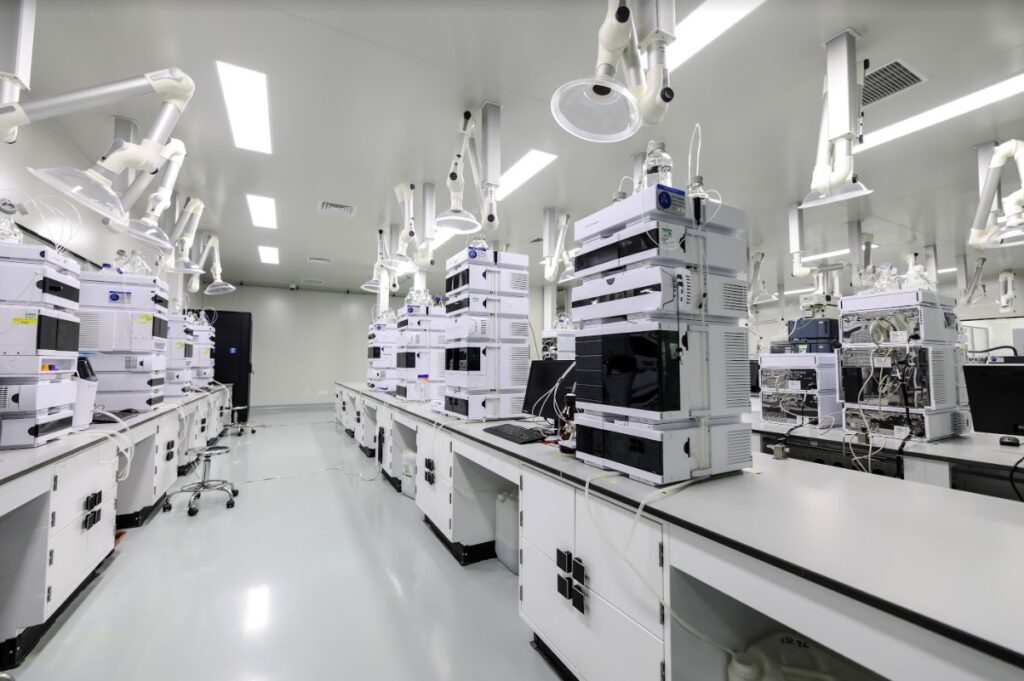Healthcare has a history of being sluggish to change, but it is now changing at a dizzying speed. As disease rises and patients want more convenience and personalisation from their physicians, healthcare providers are facing a challenging revenue battle.
The healthcare industry will continue to change in 2022 in order to give patients better digital solutions and treatment. Four developing health-care themes are discussed in the next section.
Socioeconomic factor will be prioritized
A greater emphasis will be placed on socioeconomic concerns.
The study of non-medical factors that influence health outcomes, coined “social determinants of health,” is gaining traction. Physicians may employ digital technologies to help them examine socioeconomic aspects in order to enhance patient outcomes. A doctor or nurse may like to observe a patient’s kitchen cabinets during a telemedicine session in order to have a better grasp of how their diet and diabetes function. Doctors may recommend nutrition assistance programs or a local food bank if a patient does not have access to or cannot afford fresh fruit.
Technology-enabled social determinants of health must be handled equally in order to have a meaningful impact on patient outcomes. If connecting with a doctor via apps and logins takes too long, a patient may miss their appointment. It may be difficult for a patient to remember to take their medicine if they do not receive a daily reminder in their chosen language. When it comes to connecting their patients to information on socioeconomic determinants of health, doctors and nurses will have their work cut out for them.
EHR and other techs will be enforced to open up
Electronic health records, for example, would be told to make themselves available. This is how it will all play out.
The 21st Century Cures Act mandates that healthcare providers utilize certified electronic health records (EHRs). By implementing APIs and FHIR standards, vendors may help make data transmission and utilization more convenient for everyone. FHIR Release 5 will follow suit later this year.
The fact that the healthcare sector is growing its use of digital technology like Fitbit and Apple Health is wonderful news. If everyone understands the need for data transparency, it will benefit the whole sector. This would be beneficial since access to health data is required for healthcare practitioners and the system as a whole to make use of it. The ultimate objective is to ensure that patients have a positive experience from beginning to end by organizing their trips on a wide scale utilizing data.

The future integration of different platforms in Healthcare
A single platform will be used in healthcare.
Health-care institutions around the country have jumped on board the digital health bandwagon to meet the needs of certain patient populations or ailments, such as chronic pain, as well as demographics. Bandages, on the other hand, do not always match future demands. To improve the patient experience, a variety of concepts are required.
Best-of-breed technologies will be phased out by 2022 in favor of a single, integrated platform that streamlines the patient experience. Is there any logic to this? This is because people want to communicate with healthcare providers in the way that is most comfortable for them.
Any type of health care faces difficulties in attracting and maintaining patients. A platform is the best way to ensure that these visits are as smooth and integrated as feasible while being cost reasonable.
Patient-centric healthcare practices will be prioritized
The popularity of patient-centered treatment will continue to rise.
Patients who want more choice in how they acquire medical care now have access to both direct-to-consumer internet options and traditional healthcare facilities like hospitals and clinics. The patient selection process is increasingly influenced by factors such as cost and accessibility. In 2022, people who think differently about healthcare will build novel healthcare business models.
Healthcare must become more patient-centered in order to be effective. Patients are more likely to pick a doctor who allows them to book appointments online or by text message. These providers will direct them to the appropriate medical practitioner. Businesses that make it easier for customers to reschedule appointments are more likely to succeed.
Digital health solutions shifted their focus away from consumerization and toward value-based care and socioeconomic determinants of health with the introduction of Covid-19. Physicians and nurses are increasingly relying on technology to improve the quality of life of their patients. Significant changes in healthcare will occur in 2022, when this patient-centered approach becomes the norm.
Health interoperability role in driving 2022 Digital Health
In the twenty-first century, the field of Health information exchange will rapidly expand. Since the third quarter, there have been 541 deals totalling $21.3 billion in the industry, according to Rock Health. By the second quarter of this year, total financing had surpassed that of 2020.
While the COVID-19 pandemic prompted renewed interest in digital health and remote care delivery in 2021, Glooko CEO Russell Johannesson told MobiHealthNews that the pandemic would almost certainly continue to affect trends in this year’s mobile health business.
Increased reimbursement options from both private and public payers aided the sector’s viability and encouraged investment, while patient and provider acceptability was crucial.
Finance, he says, would skyrocket much higher in 2022. Telehealth and wearable technologies, as well as mental health and treatment, may be hot investment topics in the next year. Women’s health, particularly non-fertility and non-pregnancy technologies, may be a popular topic as well.
As a result, interoperability is predicted to be a key trend in 2022, as data transmission is critical to the extension of the utility of digital products. This project is projected to profit from the application of artificial intelligence and machine learning, as well as increased patient-provider communication.
